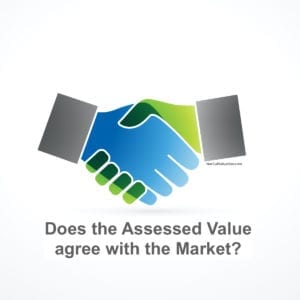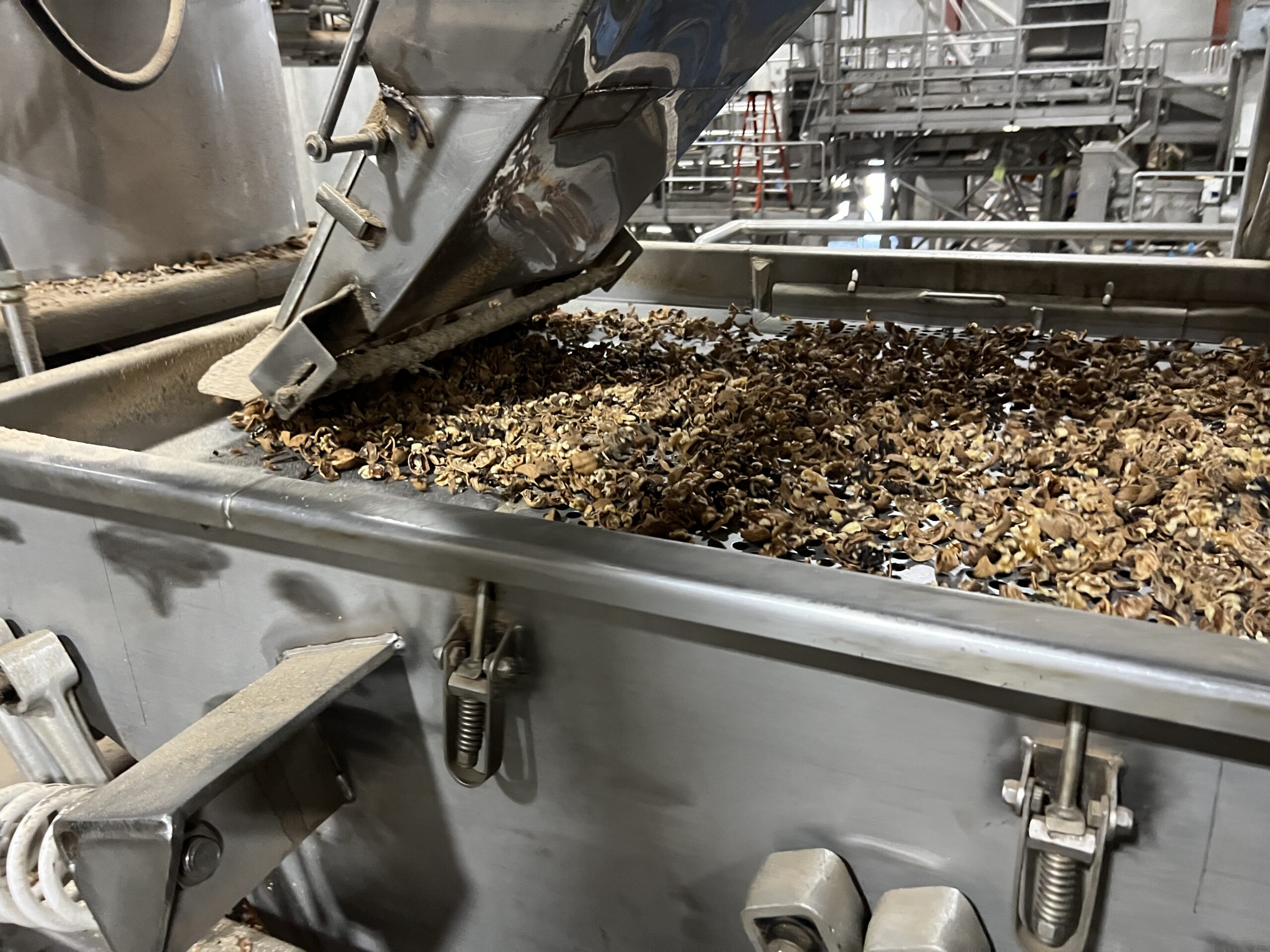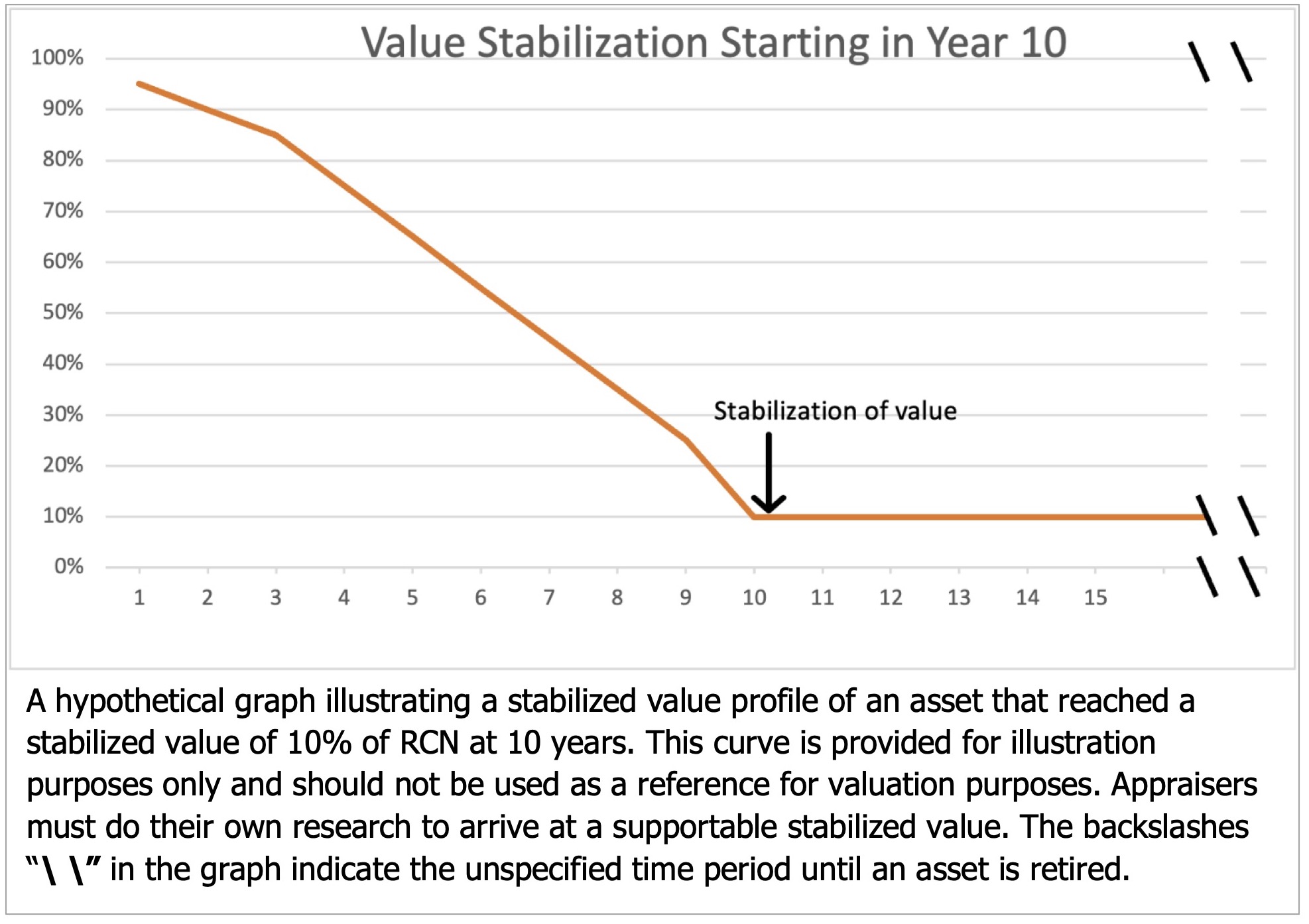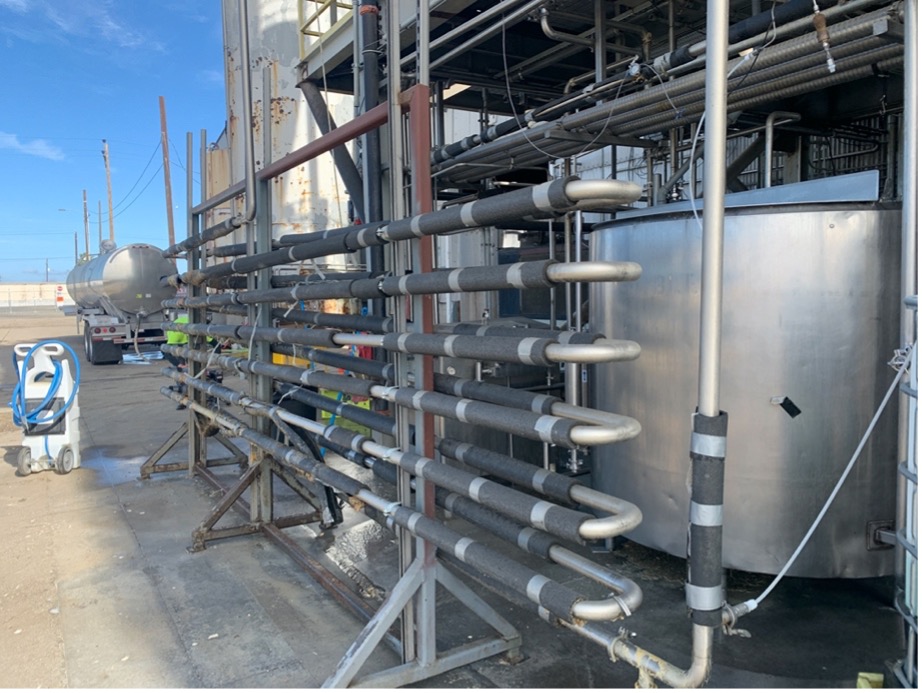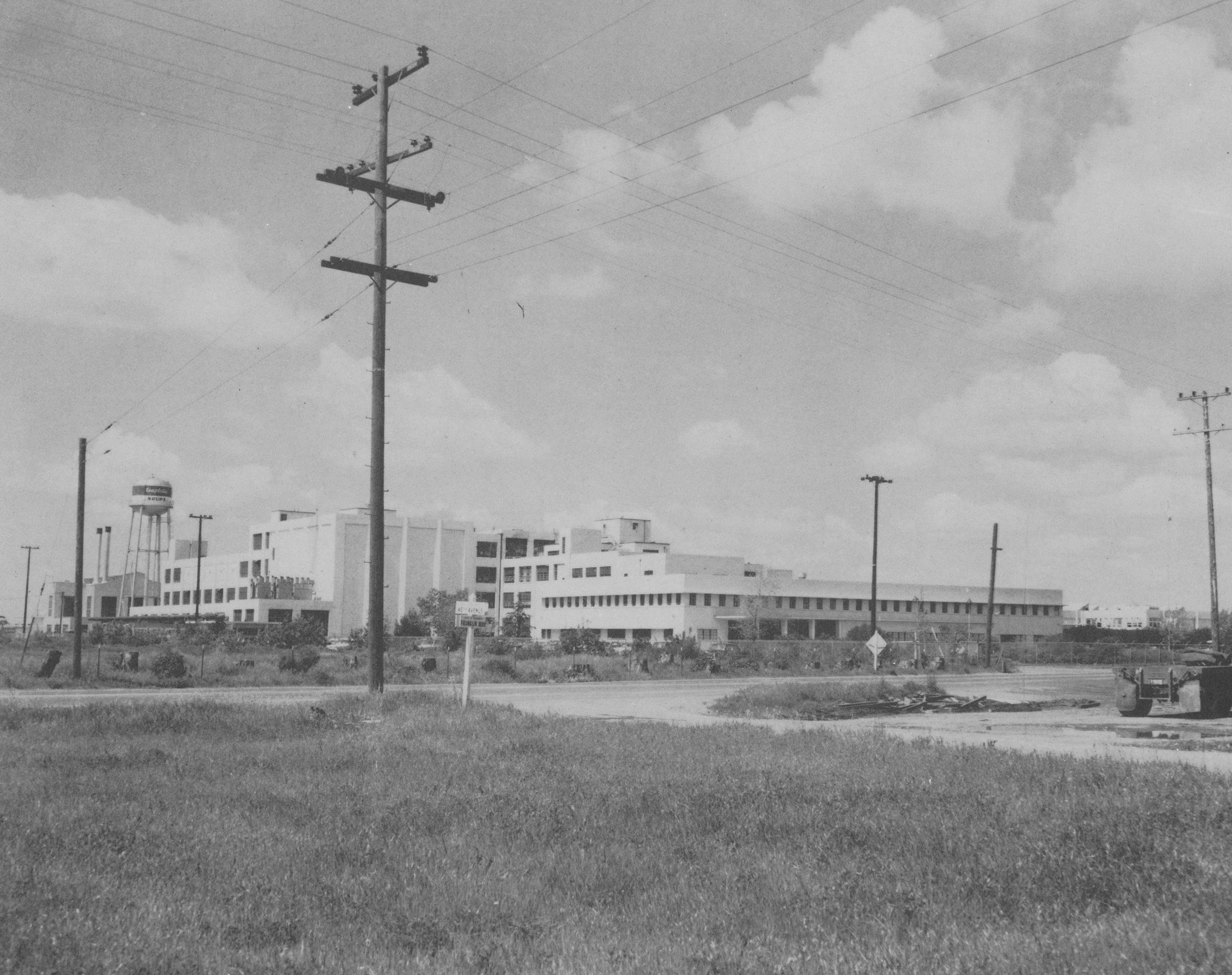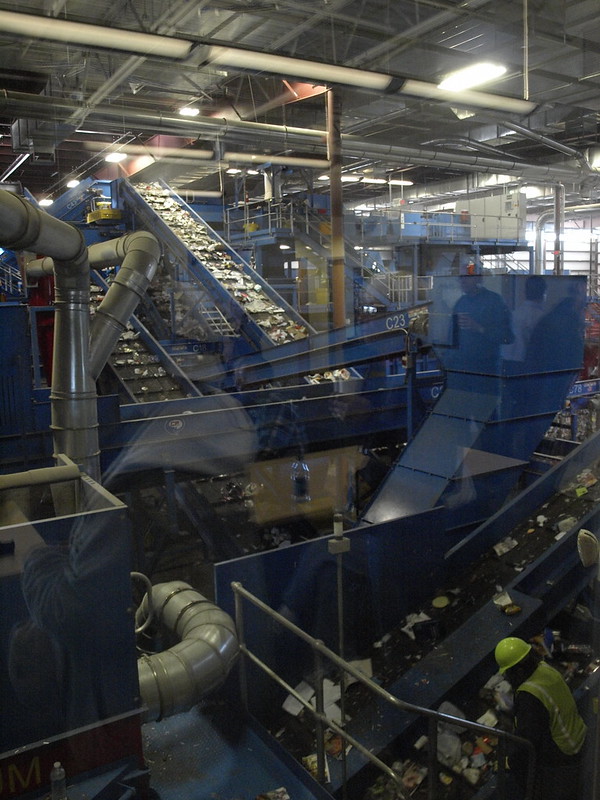At the State Board of Equalization meeting Friday, December 6, 2019, I served as one of five panelists for a discussion of Assessment of Personal Property & Fixtures: Ensuring Accurate & Consistent Valuations & Application Methods. The other equipment appraiser on the panel was my colleague Garret Schwartz. Panelists affiliated with the assessor’s office were David Yeung, Property Tax Deputy Director, California State Board of Equalization; Honorable Leslie Morgan, California Assessors’ Association and Shasta County Assessor; and Virginia Hamley, Chief Auditor Appraiser (retired), Santa Clara County Assessor’s Office. Our specific topic was determination of life schedules for personal property fixtures.
Schedules may not adequately reflect values
My main point to the Board of Equalization is that the concept of a one-size-fits-all life schedules is not an adequate approach to equipment valuation for personal property taxation. And that’s because no age / life schedule can adequately account for all forms of depreciation.
While some physical deterioration may be considered, these standard tables cannot adequately address the varying manufacturing use patterns and maintenance schedules that ultimately determine the physical condition of the equipment.
In addition, no predetermined schedule, table, or index can account for functional obsolescence and economic obsolescence.
Obsolescence and depreciation affect valuation conclusions
I devoted several minutes of my 7-minute slot explaining how physical deterioration, functional, and economic obsolescence affect the valuation of personal property. You can read about functional obsolescence here; click here for an overview of how obsolescence and depreciation affect valuation conclusions.
Because the tables used by tax assessors don’t account for functional, and obsolescence any conclusion of value derived by using the assessor’s schedules must be reconciled to the market in order to reflect actual value. I suggested that the Board of Equalization include instructions in the Assessor Handbook directing county assessors in reconciling derived values to the market via listings, brokers, dealers, appraiser, industry experts, and market participants.
Because all approaches to value – sales, cost and income – are market approaches, it’s critical that assessors as well as appraisers always compare the value concluded using any valuation methodology to what is actually going on in the market and reconcile any disconnections.
Wine tank case study pinpoints the problem
To illustrate the problems with the current assessor approach, I focused on wine tanks – which actually go up in assessed value annually. Yes, up in value.
I brought this case study to the attention of the Board of Equalization, pointing out that based upon the trend and the life table used in the county’s assessment, each wine tank, included those damaged in the 1980 earthquake, is worth more each tax year than it was worth the day it was purchased … and that value is going up every year.
This is a clear and convincing example of how using mathematical models without reference to the marketplace, can result in unrealistic and unsupportable taxation values.
People, not computers, determine the market
As Roger Grabowski, FASA, reminds us, “People don’t act the way computer models say they “should” act. A computer model may sound right and be mathematically convenient; the problem is, it often does not accurately measure market behavior.”
You can watch the December 6 meeting on the Board of Equalization’s YouTube channel. My presentation begins at 3:07:07. Enjoy!
Jack Young, ASA, CPA
NorCalValuation.com
